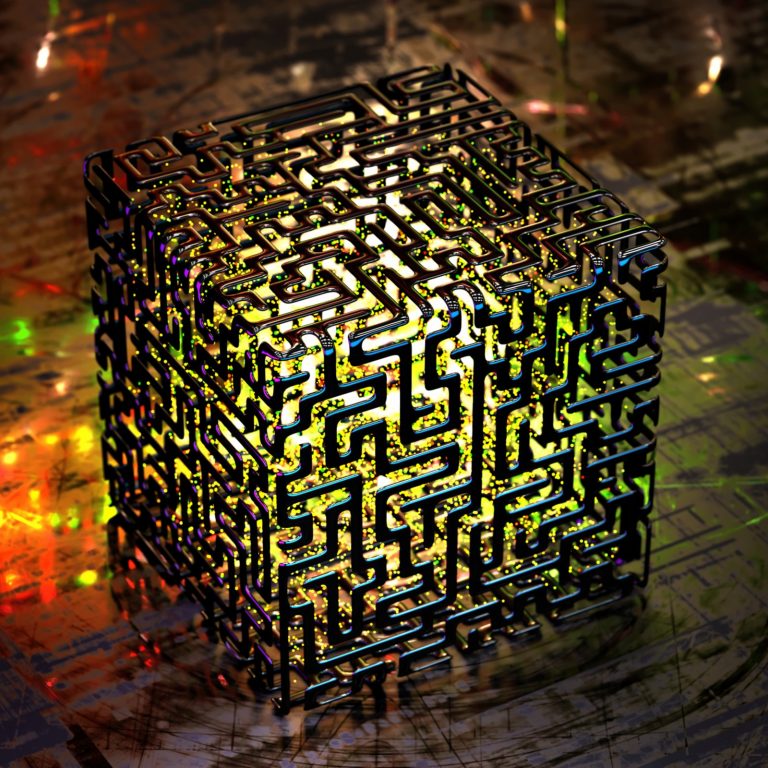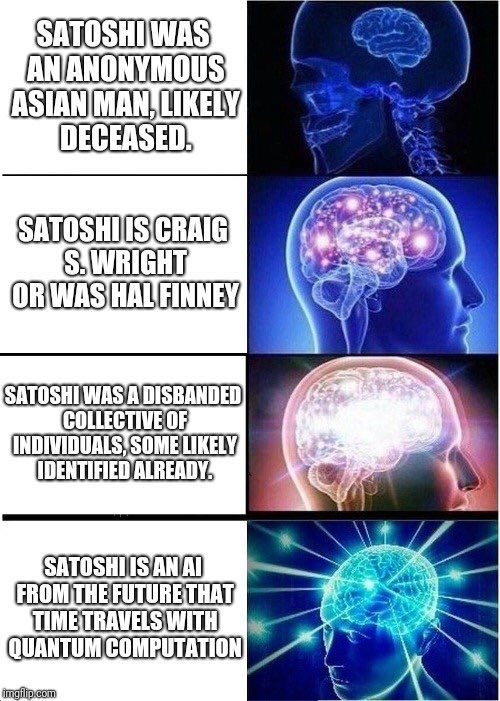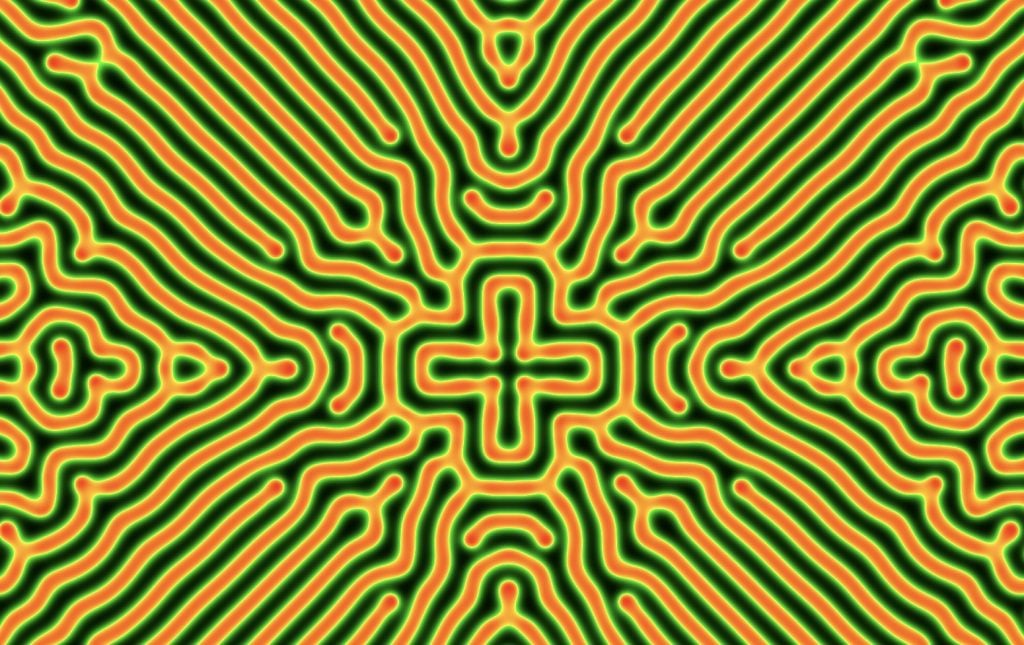
00000000000000000021e800 – that’s 18 zeros followed by 21e8 and another two zeros – doesn’t look particularly remarkable. Nor does 00000000000000000021e800c1e8df51b22c1588e5a624bea17e9faa34b2dc4a, which is the complete hash it’s associated with. And yet this series of numbers and letters has sent the cryptosphere into overdrive, sparking talk of quantum computing breakthroughs, time travel, Satoshi’s return, and the hidden meaning of bitcoin.
Also read: Robinhood Reportedly Considering Formal Banking Services
One Row of Zeros, Infinite Possibilities
On June 19 at 19:32 UTC, block number 528249 was discovered by the BTC.TOP mining pool. On the face of it, there was nothing unusual about the block: it measured just over 1MB, had almost 6,500 inputs, 1,047 outputs, and 125 Segwit transactions. But when the block is viewed in an explorer such as Blockchair, something astonishing appears when you hover your cursor over the block hash: the number 00000000000000000021e800 appears.

To some, the appearance of so many zeros, followed by 21 (a number synonymous with bitcoin’s total supply), is merely a coincidence; an occurrence as inevitable as a roulette wheel landing on red 18 times after half a million spins. To others, it’s a near-impossible feat that signals intervention from another world, be it celestial, extraterrestrial, or future.
The Mother of All Hashes
 It was Mark Wilcox who discovered the oddity first, tweeting a hash of the block around 90 minutes after it was discovered. Half of crypto Twitter immediately began losing their minds, while the other half began scratching their heads. What was the significance of this hash – if, in fact, there was any?
It was Mark Wilcox who discovered the oddity first, tweeting a hash of the block around 90 minutes after it was discovered. Half of crypto Twitter immediately began losing their minds, while the other half began scratching their heads. What was the significance of this hash – if, in fact, there was any?
Humans are programmed to see patterns in everything, and thus the fixation on 18 zeros in a row is understandable. But it’s what comes next in the block hash that’s equally startling, for those who like to be startled, or for anyone partial to pareidolia: perceiving a pattern where none exists. 21e8, also known as E8, refers to a Theory of Everything, also known as a Unified Field Theory. There’s even a website, 21e8.com, which displays a fractal pattern based on the elementary particle spin that forms a part of E8 theory.
The last time bitcoiners got all excited over a block hash beginning with an unusually high number of zeroes was when Satoshi mined the genesis block. After the fact, once bitcoin had developed a community, the significance of block hash 000000000019d6689c085ae165831e934ff763ae46a2a6c172b3f1b60a8ce26f was pondered in a Bitcointalk forum thread. There are a number of unusual things about this hash: for one thing, it contains two hex zeroes more than were required, and for another, as we explained in a previous article on the genesis block:
“It took six days to mine. As speculated in an old Bitcointalk forum thread, this may have been yet another deliberate trick on the part of Satoshi, to mimic the biblical account of creation. As we read in Genesis 2:2, “And on the seventh day God ended his work which he had made; and he rested.”

What Does It All Mean?
There are two ways that a block containing an unusually high number of zeroes could have came about: by accident or design. If it was the former, there is nothing to read into the significance of block 528249 commencing with 18 zeros; their presence is no more meaningful than any other string of numbers. If it is the latter, however, and someone inserted those numbers by design, then that individual has a level of computing power that is currently unattainable by several orders of magnitude.
It has been estimated that it would take 2,500 years to create that hash, working at a rate of 1 exahash/second (which represents around 2.5% of the current BTC network hashrate). For this feat to have occurred deliberately, it would had to have been performed on a yet undiscovered quantum computer, or by a time traveler taking advantage of future advancements in processing power. As theories go, this one’s pretty tinfoil, but there are those who believe that Satoshi Nakamoto was a time traveler.

Such matters are beyond the scope of this article. As a less sensational hypothesis, one writer has postulated that the hashed number could have been the work of Andrew DeSantis, who is working on a quantum computer, and regularly posts cryptic messages that have shades of E8 theory to them. DeSantis, for his part, has posted a series of responses to the original tweet that revealed the hash, suggesting that the odds of him hitting upon the number are infinitesimally small.
While the chances are that the hash of block 528249 is little more than an amusing coincidence, the mystery will fuel further speculation as to Satoshi Nakamoto’s whereabouts in space and time, the serendipity of the hashed genesis block, and the appearance of 18 consecutive zeros in another block, hashed nine years later.
Do you think there’s any significance in this number or are people overreacting? Let us know in the comments section below.
Images courtesy of Shutterstock, and Twitter. With thanks to Jamie Redman for sourcing the dank memes.
Need to calculate your bitcoin holdings? Check our tools section.
The post Why the Cryptosphere Is Losing Its Mind Over This 18-Digit Number appeared first on Bitcoin News.
from Bitcoin News https://ift.tt/2tj19YU Why the Cryptosphere Is Losing Its Mind Over This 18-Digit Number
